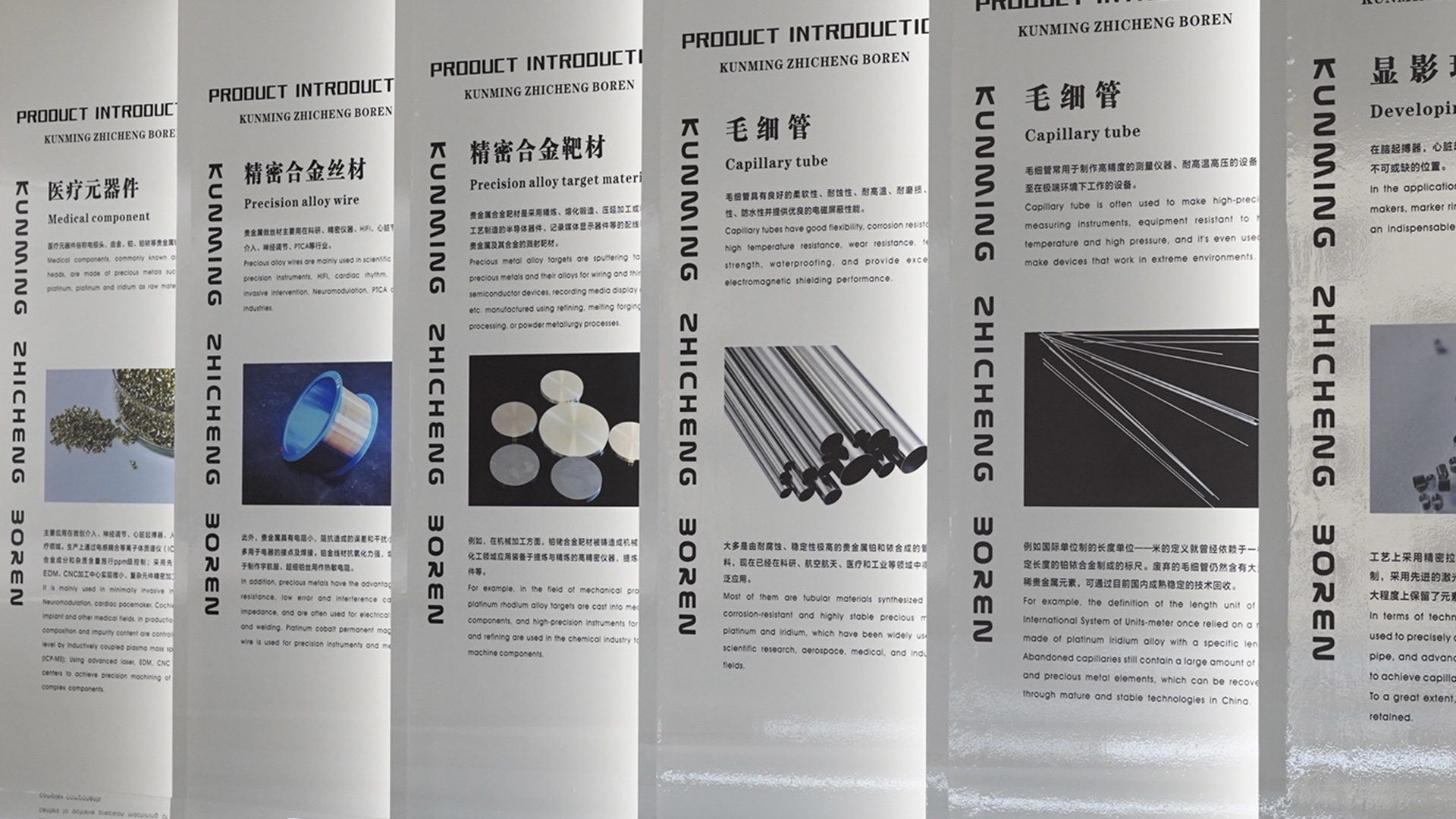Exploring the Versatile Applications of a Platinum Crucible
The Unsung Hero: What is a Platinum Crucible?
Ever found yourself wondering about the unsung heroes in the world of science? Well, let me introduce you to the platinum crucible! This small yet mighty container is not just a fancy term thrown around in laboratories; it's a game-changer in various fields. But wait, what exactly is it?
A Quick Dive into the Science
A platinum crucible is a high-temperature resistant container made of platinum, designed for melting and holding materials. It's like the VIP lounge for metals and other substances that need to be heated to extreme temperatures. With its remarkable ability to withstand heat without reacting with the contents, it's no wonder scientists and industrialists swear by it!
Why Platinum? The Unique Properties
Now, you might be wondering, why platinum? Well, it's not just about the bling! Platinum is incredibly durable, non-reactive, and has a high melting point (around 1,768 °C or 3,214 °F). Imagine trying to melt something and your container just melts away—yikes! That's why a platinum crucible is the go-to choice for many.
Applications Galore!
From laboratories to industrial applications, the uses of a platinum crucible are practically endless. Let's break it down:
1. In the Lab: Precision at its Best
In the world of chemistry and materials science, precision is key. A platinum crucible is invaluable when it comes to high-accuracy experiments. Whether you're dealing with precious metals or conducting tests for various compounds, this crucible ensures that your results are reliable—no ifs, ands, or buts about it!
2. Jewelry Making: For the Love of Bling
Jewelry designers often use platinum crucibles to melt down precious metals. Why? Because they need to ensure that the quality remains uncompromised. When crafting those blingy pieces, any contamination can ruin the entire design. So, a platinum crucible is a must-have for these artisans!
3. Environmental Testing: Keeping it Clean
Believe it or not, platinum crucibles play a vital role in environmental testing. They're used to analyze soil and water samples, checking for contaminants. Thanks to their non-reactive nature, they ensure that the samples remain pure, providing accurate results. Talk about saving the planet one test at a time!
4. Pharmaceuticals: Quality Control
In the pharmaceutical industry, safety is paramount. A platinum crucible helps in the synthesis of drugs, ensuring that the compounds are not affected by any reactive materials. It's all about maintaining quality and consistency, folks!
The Price Tag: Is it Worth it?
Now, let's get real for a second. Platinum crucibles don't come cheap. However, when you consider their longevity and reliability, it's an investment that pays off. Imagine having to redo experiments or remelt materials because of a faulty crucible—yikes! So, while the initial cost might make you gulp, the long-term benefits are undeniably worth it!
Care Tips: Keeping Your Crucible in Shape
Alright, so you've jumped on the platinum crucible bandwagon—great choice! But how do you keep it in top-notch condition? Here are a few tips:
- Clean Regularly: Use a soft brush and mild soap to keep it pristine.
- Avoid Thermal Shock: Don't move it from extreme cold to hot conditions too quickly.
- Store Safely: Use a padded box to prevent scratches.
Conclusion: A Must-Have Tool
So there you have it, folks! The platinum crucible is more than just a fancy term thrown around in science labs. It's a versatile tool that finds its way into various applications, from jewelry making to environmental testing. Next time you hear about it, you'll know just how vital it is!
Previous Page:



